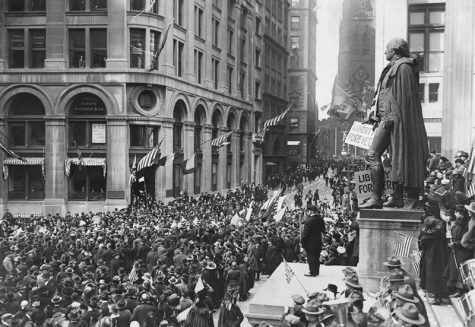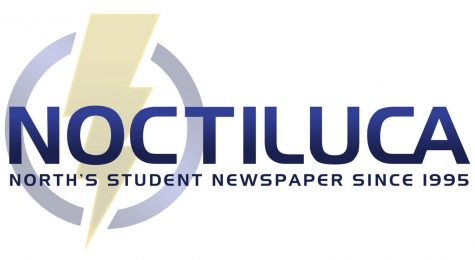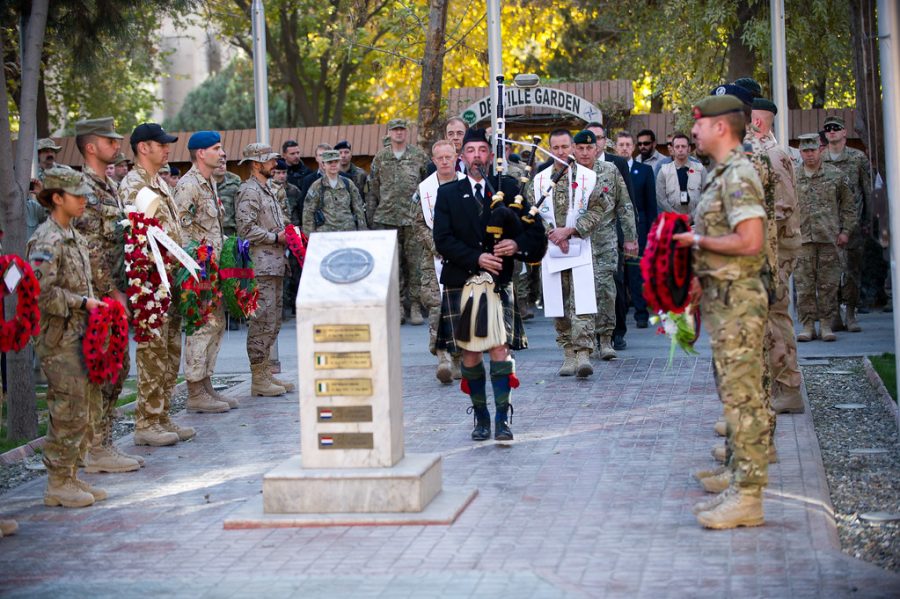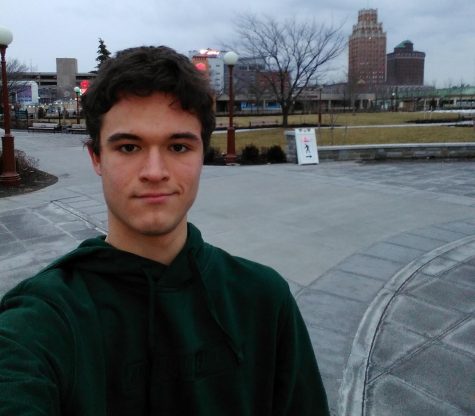Veterans Day – The True Sentiment And History Behind The Thanks
November 11, 2020
“True heroism is remarkably sober, very undramatic. It is not the urge to surpass all others at whatever cost, but the urge to serve others at whatever cost.” — Arthur Ashe
Another Year, Another Reminder
Many Americans woke up today to find out it was a holiday either by a calendar notification on their phones or the promotional signs in front of a fast-food joint they cruised by on their 7 am commutes. It doesn’t take a lot of effort to know what day of the year it is, but in all fairness to the chaos that consumes our daily lives, it doesn’t take all that much to forget either.
When the world has open wounds from the midst of a pandemic, a sickened economy, and the shutdown of our lives as we know it, it becomes a struggle to find those connections to the realities that live outside our quarantine bubbles. Undeniably, the single mom who is putting yesterday’s leftovers on the table for her five kids and the homeless man unable to check into a hospital for the cold he caught while sleeping on the frigid streets are suffering crises that transcend more than a global phenomenon. Nobody lives in a utopia regardless of whether it is 2020 or not. But what is really fascinating comes from the fact that inside the circles of problems that overlap each of our lives, all across the country regardless of the numbers of shades and tints of problems that cover our people from Pacific to the Atlantic, that there are servicemen and servicewomen who have risen up in light of their own troubles to give back.
Our veterans and those who are ordinary civilians are not separated by the struggles of mankind. The new mother deployed in Afghanistan, waiting for an email from halfway across the world written to her from the father to learn that her baby has taken its first steps, is no different than the grandfather staying in his local Coivd-19 ICU unit trying to read the lips of his grandchildren wishing him well from the lagging Zoom call on his computer. While not every challenge our veterans face can be as easily translated to everyday scenarios such as the example above, it is still dutiful to remind ourselves that those discharged or currently within the military are the same mistake-making, scared, loving, excited human-beings that we all are.
So for Veterans Day, whatever you can give in terms of your time, patience, resources, and empathy to those who serve is appreciated. Even if you can’t give, your thoughts go a long way in a transaction of human compassion. Veterans understand that, though they protect America from what they are asked to, the rest of us are not invulnerable to other worlds of pain and trouble. What really matters on Veterans Day, just like any other holiday, is that we recognize that there are stand-out individuals out there willing to make a better world for us, even if it can’t be perfect, and that for at least one day of the year we want to be willing to do the same for them.
How did Veterans Day Manifest?

In the midst of the times when the spirits of our soldiers were most forsaken, World War I marked the beginnings of a lasting gift to Veterans. While policies and treaties were neatly typed up and casually exchanged between nations at Versailles in 1919, fighting mercifully ended in the trenches of Europe for the seven months before the exact specifications of “Paix Mondiale” were drawn in the sand.
To commemorate the true end to the war, instead of the willy-nilly day the nations signed the papers that officially said so, President Wilson set the first designation of Armistice Day for the true date when arms were lowered on November 11. For the first celebrations of the hallmarks in the early years, parades were held and businesses closed before noon in recognition of those who fought.
By the time it came for Congress, who took much longer to finalize the legal processes, to proclaim in writing the ending of “The Great War,” Armistice Day was already so popular in 1926 within the country that Congress included the sitting president’s wishes to request flags at half mass and observance of the holiday in institutions like churches and schools on the winter day. In 1938, Armistice Day officially became a national holiday.
However, as the decades wore on and the enlistment for those to take up arms to fight in WWII and the Korean War occurred, the sentiment behind the day became conflicted with its original intention of specifically representing WWI veterans. In 1954 Public Law 380 attempted to correct this course by changing the denotation of the federal recognition of November 11th to Veterans Day, in which people from all wars were intended to obtain gratitude.
During a wild 1960s and 1970s in which Congress switched the date of the festivities to October and back, the original mark was finally restored by President Ford in 1975. Now, Veterans Day waits patiently every year for the penultimate month of the year, hoping Americans will continue the traditions of benefit concerts, cookouts, hanging flags, and mailing letters for those who aided our country in a time of need.



